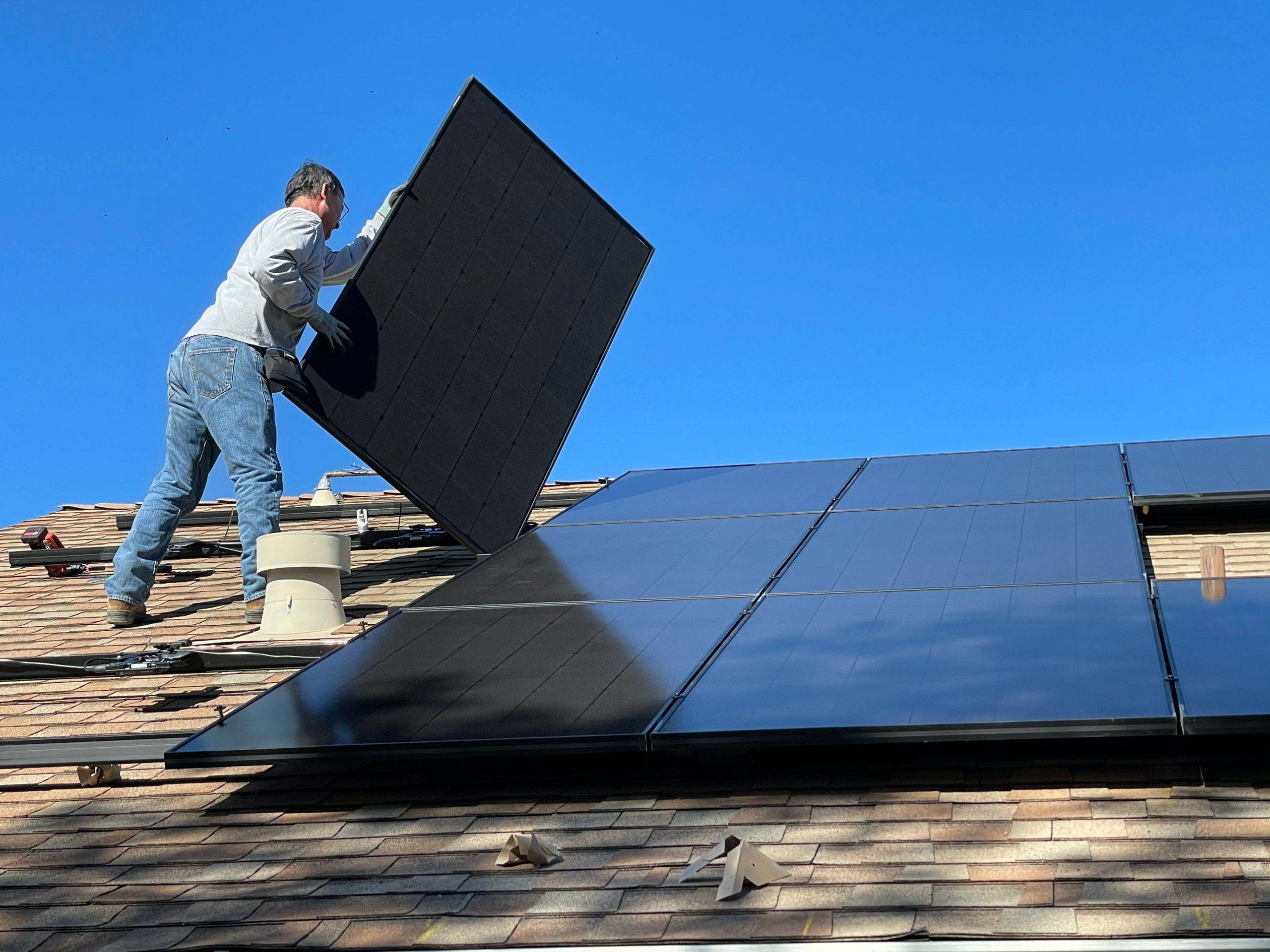Introduction
Are you tired of rising electricity bills? Are you looking for a way to reduce your carbon footprint while saving money? Look no further than solar energy installation. In this comprehensive guide, we’ll show you how you can save money with solar energy installation while contributing to a cleaner environment. From understanding the basics to exploring financing options and maximizing your savings, we’ve got you covered.
Save Money with Solar Energy Installation
Solar energy installation is not just a trend; it’s a wise financial decision that can benefit both your pocket and the planet. Let’s dive into the details of how you can save money with solar energy installation.
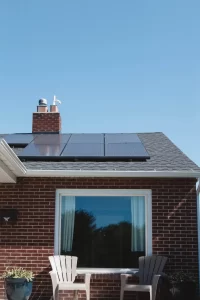
The Power of Solar Energy
Solar energy is harnessed by capturing sunlight through solar panels and converting it into electricity. Unlike fossil fuels, solar energy is renewable and environmentally friendly. By generating your electricity, you can significantly reduce or even eliminate your monthly energy bills.
Factors Affecting Costs
Several factors can influence the cost of solar energy installation:
i. System Size: The size of your solar system impacts the installation cost and energy production. A larger system can cover more of your energy needs but may have a higher upfront cost.
ii. Location: Your geographical location affects the amount of sunlight your panels can capture. Sunnier regions generally yield higher savings.
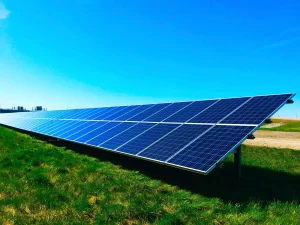
iii. Incentives and Rebates: Government incentives and tax credits can substantially reduce installation costs—research available incentives in your area.
iv. Energy Consumption: Understanding your energy consumption helps you determine the right-sized system, avoiding overinvestment.
v. Equipment Quality: High-quality solar panels and inverters may cost more initially but offer better long-term performance and reliability.
Estimating Your Savings
To estimate your potential savings with solar energy installation, consider the following:
i. Energy Bills: Calculate your average monthly energy bills to determine how much you can save.
ii. Solar Calculator: Use online solar savings calculators to estimate your potential savings based on your location and energy consumption.
iii. Return on Investment (ROI): Assess the payback period for your investment. Solar systems often pay for themselves within a few years, leading to long-term savings.
Financing Options
Investing in solar energy doesn’t have to break the bank. Several financing options are available:
i. Solar Loans: These loans allow you to finance your solar system while making affordable monthly payments.
ii. Leasing: Leasing a solar system involves renting it for a monthly fee, which can be a cost-effective way to go solar with little upfront expense.
iii. Power Purchase Agreements (PPAs): PPAs let you purchase the energy your system produces without owning the equipment, offering savings from day one.
Choosing the Right Solar Installation
Selecting the right solar panels and inverters is crucial for optimizing your savings. Consider the following:
i. Panel Type: Choose between monocrystalline, polycrystalline, or thin-film solar panels based on efficiency and budget.
ii. Inverter Choice: String inverters, microinverters, and power optimizers have different advantages. Consult with your installer to make the right choice.
iii. Installer Selection: Partner with a reputable solar installer who understands your specific needs and provides high-quality equipment.
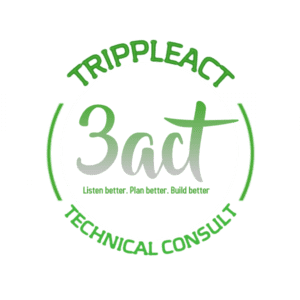
The Solar Energy Installation Process
The installation process typically involves the following steps:
i. Site Assessment: Your installer will evaluate your property’s suitability for solar panels, considering factors like shading and structural integrity.
ii. Permitting: Obtain the necessary permits and approvals for your solar installation.
iii. Installation Day: On the installation day, your solar panels and inverters are placed on your property, connected, and tested.
iv. Inspections: After installation, your local authorities or utility may inspect your system for compliance and safety.
![]()
![]()
![]()
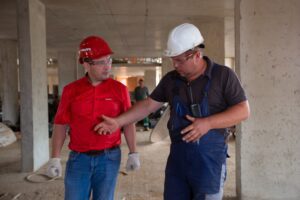
Maximizing Your Solar Savings
To make the most of your solar energy system, consider these tips:
i. Net Metering: Take advantage of net metering, which allows you to earn credits for excess energy your system generates and feeds back into the grid.
ii. Energy Efficiency: Implement energy-efficient practices, such as upgrading to LED lighting and properly insulating your home, to reduce energy consumption.
iii. Regular Maintenance: Schedule routine maintenance to ensure your system operates at peak efficiency and longevity.
FAQs (Frequently Asked Questions)
Q: How much can I save with solar energy installation?
A: Your savings depend on factors like location, system size, and energy consumption, but it’s possible to save thousands of dollars over the system’s lifetime.
Q: Are there government incentives for solar installation?
A: Yes, many governments offer incentives and tax credits to encourage solar adoption, making it more affordable.
Q: How long does a typical solar panel installation take?
A: The installation process usually takes a few days to a couple of weeks, depending on the complexity of the project.
Q: Can I still benefit from solar on cloudy days?
A: Modern solar systems are designed to store excess energy for use when sunlight is limited, ensuring you benefit year-round.
Q: Do solar panels require a lot of maintenance?
A: Solar panels are low-maintenance, but occasional cleaning and inspections are recommended to ensure optimal performance.
Q: Is solar energy installation a good investment for the long term?
A: Yes, solar energy installation offers an excellent return on investment, with the potential to pay for itself and provide long-term savings.
Conclusion
Investing in solar energy installation is a bright financial decision that not only saves you money but also contributes to a more sustainable and eco-friendly future. By understanding the factors affecting costs, estimating your potential savings, exploring financing options, and optimizing your system’s performance, you can embark on a path to cleaner energy and lower bills.
